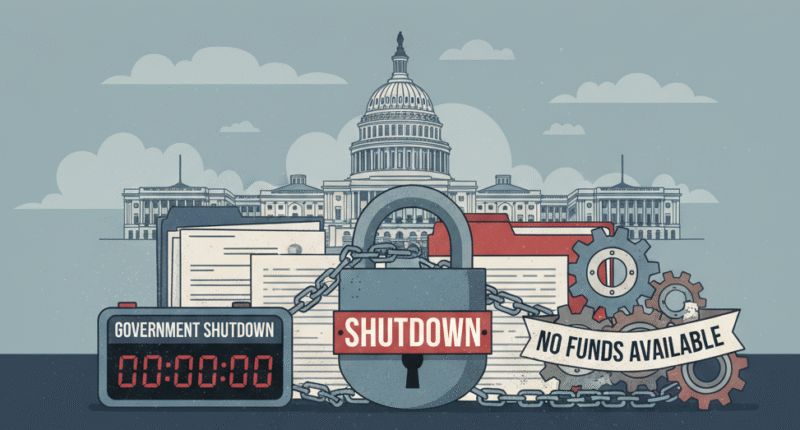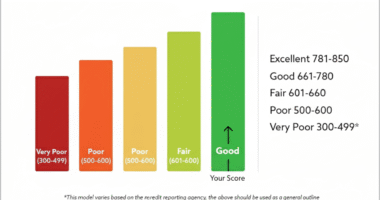Government shutdowns occur when Congress fails to enact annual appropriations or a short-term continuing resolution, triggering the Antideficiency Act to halt nonessential federal operations until new funding becomes law. These standoffs are typically driven by partisan disputes over spending levels or policy riders attached to funding bills.wikipedia+2
Why Do Government Shutdowns Occur?
What is a shutdown?
A government shutdown is the forced cessation of most nonessential federal operations because agencies cannot spend money without an active law authorizing it. Under the Antideficiency Act, agencies must suspend activities and furlough nonessential workers, while exempt functions that protect life and property continue. Shutdowns are a U.S.-specific feature tied to its appropriations process and legal constraints, unlike many parliamentary systems where failed budgets often trigger elections instead of operational stoppages.cbsnews+1
How the budget works
The normal process begins with a presidential budget, followed by 12 separate appropriations bills passed by the House and Senate and signed into law before the fiscal year starts on October 1. When the deadline looms, lawmakers often rely on a continuing resolution to extend current funding while negotiations continue. Shutdowns happen when neither full-year appropriations nor a stopgap CR is enacted in time.ntu+1
Why shutdowns happen
Funding gaps typically stem from disagreements over overall spending levels, program priorities, and controversial policy riders that get attached to appropriations bills. Disputes over major policies have repeatedly triggered shutdowns, including the 2013 impasse over implementing the Affordable Care Act and the 2018–19 fight over border wall funding. In 2025, a new shutdown began after competing plans collapsed amid disagreements that included health care provisions and constraints on executive funding authority.cnn+3
What happens during one
Essential services continue, including national security, law enforcement, and air traffic control, while many civilian employees are furloughed and national parks and museums often close. Agencies suspend most nonessential activities, and the broader economy can take a measurable hit depending on the shutdown’s length and scope. Even though furloughed workers typically receive back pay later, the lost labor and paused services impose real costs on government operations and the public.news.sky+2
Ending and preventing shutdowns
Shutdowns end when Congress passes, and the President signs, either a full-year appropriations package or a continuing resolution to restore spending authority. Prevention depends on completing the 12 appropriations bills on time or agreeing to clean, short-term CRs while negotiations continue, rather than attaching contentious policy riders to must-pass funding. Process discipline—regular order, timely markups, and fewer brinkmanship tactics—reduces the risk of recurring funding crises.ntu+1
Recent examples
Major shutdowns include the 16-day closure in 2013 over the ACA, and the record 35-day partial shutdown in 2018–19 linked to border wall funding. In late 2025, another shutdown commenced after dueling plans failed in Congress, underscoring how polarized budgeting can halt nonessential government functions until compromise emerges. These episodes illustrate how policy conflicts, not just numbers, often drive funding breakdowns in Washington.britannica+3










6 comments
May everyone be well.
Very good for need
May never be heard in Myanmar politics like this.
Thank for knowledge.
From Lifenet MC
Thank you for your information.
Let’s see how much impact will be on American people. Now Trump can take advantage for Federal budget containment by suspending/terminating some federal-funded programs and laying off many federal workers again as a second round within 10 months of his presidency (1st time was after forming DOGE)